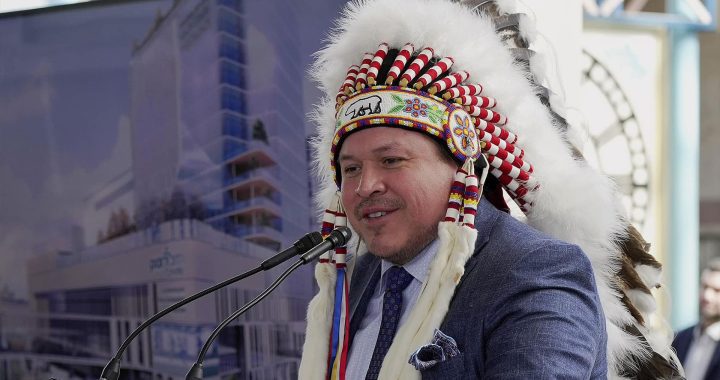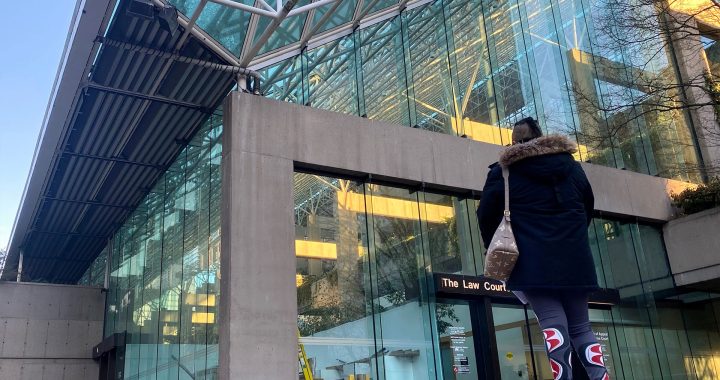(A healing camp in Pimachiowin Aki boreal forest along the Manitoba-Ontario border. Credit: Hidehiro Otake)
A stretch of boreal forest along the Manitoba-Ontario boundary has won international recognition for its pristine environment and connection with Indigenous culture.
Pimachiowin Aki – an Ojibwa phrase that means ‘the land that gives life’ – has been deemed a world heritage site by the United Nations Education, Scientific and Cultural Organization, or UNESCO.
The relatively untouched boreal forest is 29,000 square kilometres – more than half the size of Nova Scotia – and is home to four First Nations that continue to practise traditional land use.
There are already more than 1,000 UNESCO world heritage sites around the globe, including Dinosaur Provincial Park in Alberta and the historic district of Quebec City.
The UNESCO designation is intended to ensure areas such as Pimachiowin Aki are protected from future development and to help boost tourism.
The Manitoba government has spent more than $15 million over the last 13 years to support the UNESCO bid, while Ontario has put up about $1 million.
This was the third time UNESCO considered a bid by Pimachiowin Aki.
It deferred the initial bid in 2013 when two UNESCO advisory groups said it was unclear what made the area unique and requested more information.
A second attempt was made in 2016. The bid was deferred again, this time because one of five First Nations communities originally involved in the project – Pikangikum in northwestern Ontario – pulled out.
A consultant’s report done for the non-profit group behind the bid has raised questions about how much tourism could be drawn to the remote, fly-in region. The report, by Marr Consulting, said the area could initially attract fewer than 1,000 visitors a year.
“Expectations must be managed to recognize that tourism will not likely generate either large numbers of visitors or large revenue for communities,” the report stated.










